One reason Americans carry about $800 billion in credit card debt is that we goof up when we try to pay it off.
On average, households with credit cards owe a total of more than $15,000 on five cards, including retail cards. Those accounts have various interest rates and balances. The best strategy for paying down the debt is to make the minimum payment on all the cards except the one that charges the highest interest rate; on that account, you should pay as much as you can afford. When that balance is paid off, concentrate on the card with the next-highest rate. This approach minimizes the amount of interest you pay, which means you’ll pay off the cards as quickly and cheaply as possible.
That’s not the way we usually do things. Instead, we tend to pay off the card with the smallest balance first, regardless of the rate. Studies show that we do this to give ourselves a psychological boost: It feels so good to check one debt off the list, and it’s faster to pay off the card with the lowest balance. Academics refer to this need to cut the number of cards as “debt account aversion.”
From just $107.88 $24.99 for Kiplinger Personal Finance
Become a smarter, better informed investor. Subscribe from just $107.88 $24.99, plus get up to 4 Special Issues

Sign up for Kiplinger’s Free Newsletters
Profit and prosper with the best of expert advice on investing, taxes, retirement, personal finance and more - straight to your e-mail.
Profit and prosper with the best of expert advice - straight to your e-mail.
In addition, we don’t properly consider the nasty effects of compound interest. Basically, our brains aren’t adept at quickly calculating its financial impact. Think of $10,000 in credit card debt with an interest rate at the national average of 14.9%. You want to pay off that debt aggressively, so you figure you’ll pay 4% of the balance, or $400, on the card each month. Quick, how long will it take to pay it off? You may think, Twenty-five monthly payments would be $10,000, then add in some interest. The debt will disappear in a couple of years, right?
In fact, you’ll be paying for 31 months and will rack up more than $2,400 in interest. If you bump up your payment to $600 a month—maybe by diverting the money you would have directed to a low-balance, low-rate card—you’ll eliminate the $10,000 debt in just 19 months and save about $1,125 in interest. Yes, you’ll end up paying more on the other card for a longer time, but the net gain of a higher payment on the higher-interest card can be considerable.
Cold reality. Coming to grips with the bottom-line dollars and cents is one good way to motivate yourself to focus on the card with the highest interest rate, says Cynthia Cryder, a marketing professor at Washington University in St. Louis. “If we work out what the actual costs are, it has more meaning to us,” says Cryder, who is one of five authors of a paper titled “Winning the Battle but Losing the War: The Psychology of Debt Management.”
For their paper, Cryder and her coauthors devised a series of experiments on debt-account aversion. Among their findings: Showing subjects the total amount of interest helped spur them to pay off the card with the higher interest rate first, as did consolidating some smaller debts.
I would suggest that debt consolidation is the best first step in attacking multiple accounts. If having many accounts causes us to waste money by paying off smaller ones, get rid of small accounts.
Cryder points to another problem that keeps us from paying off cards: the minimum payment published on every bill. The “anchoring” bias causes us to pay at or near that amount because our brains fixate on it as a point of reference. Worse, says Cryder, some of us see it as a suggestion, “so paying the minimum balance seems like the prudent thing to do.” But keep your focus on the highest-rate debt.
Profit and prosper with the best of Kiplinger's advice on investing, taxes, retirement, personal finance and much more. Delivered daily. Enter your email in the box and click Sign Me Up.

-
 Dow Hits New High Then Falls 466 Points: Stock Market Today
Dow Hits New High Then Falls 466 Points: Stock Market TodayThe Nasdaq Composite, with a little help from tech's friends, rises to within 300 points of its own new all-time high.
-
 The Best Vanguard Bond Funds to Buy
The Best Vanguard Bond Funds to BuyInvestors seeking the best Vanguard bond funds can pick between mutual funds and ETFs spanning maturities, credit qualities, tax treatment and geographies.
-
 Are You Afraid of an IRS Audit? 8 Ways to Beat Tax Audit Anxiety
Are You Afraid of an IRS Audit? 8 Ways to Beat Tax Audit AnxietyTax Season Tax audit anxiety is like a wild beast. Here’s how you can help tame it.
-
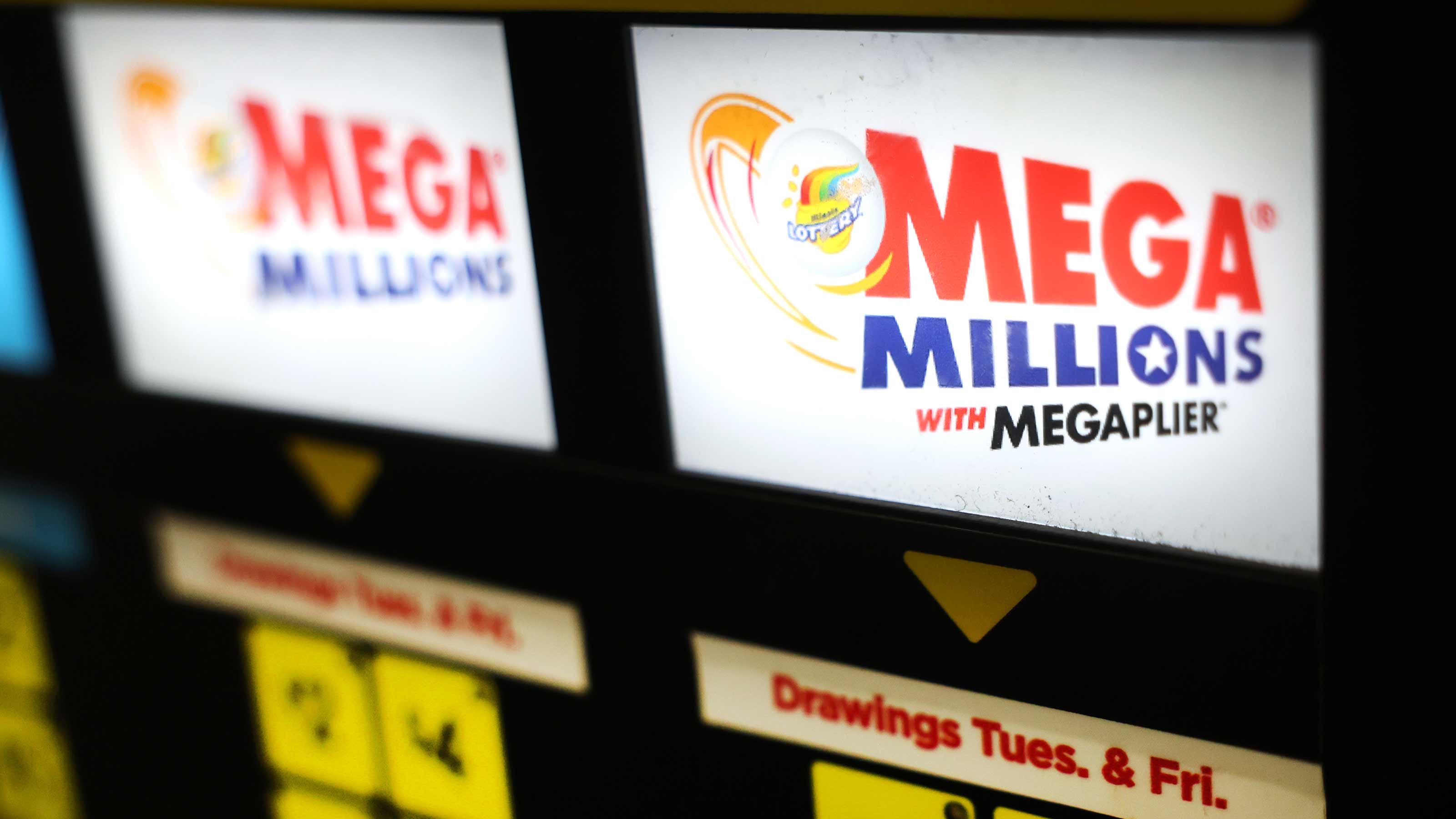 How I'm Going to Invest My Mega Millions Lottery Jackpot
How I'm Going to Invest My Mega Millions Lottery JackpotThe odds of winning the Mega Millions lottery are effectively zero, but here's how I'm investing my fortune should I hit the jackpot.
-
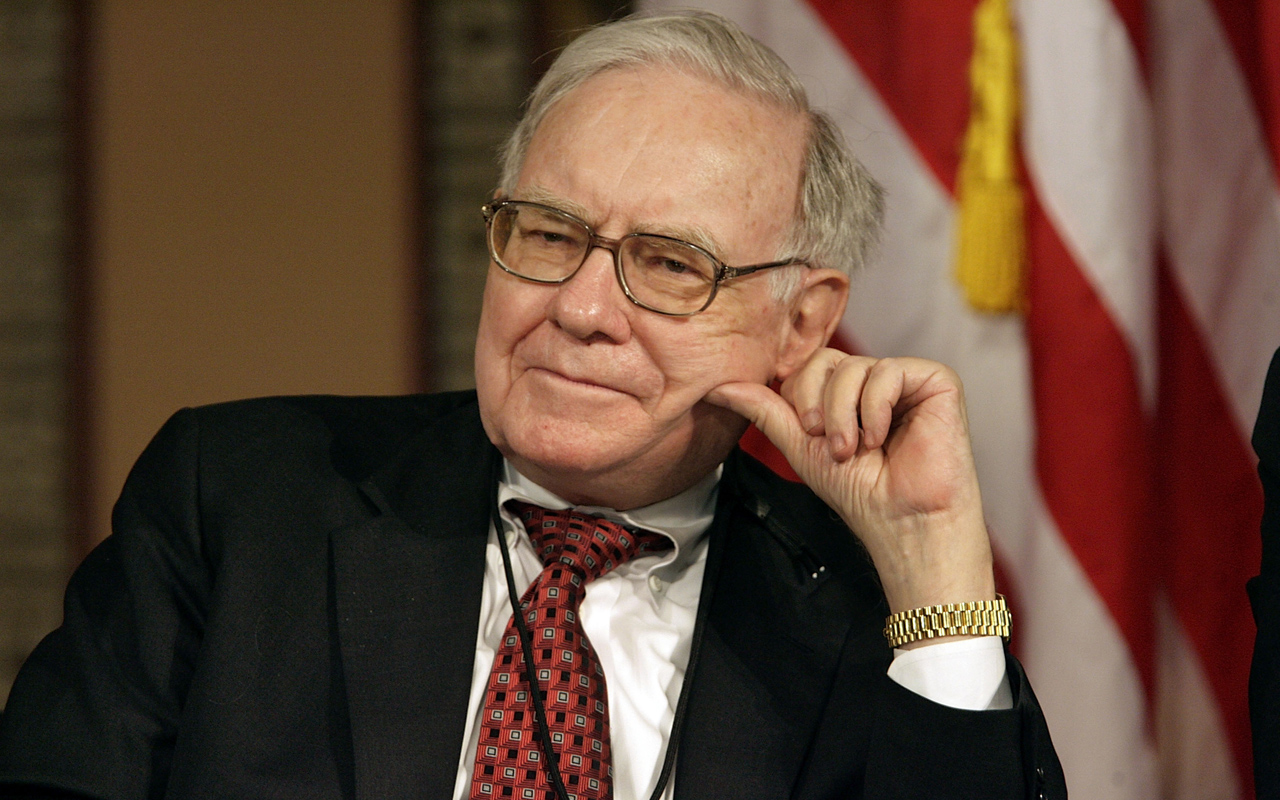 Four Random Facts and Thoughts About Warren Buffett
Four Random Facts and Thoughts About Warren BuffettIf I love Warren Buffett so much why don't I just marry him?
-
 Investing in Gold Is Dumb
Investing in Gold Is DumbStocks are better than gold for both generating wealth and offering protection against inflation.
-
 What's So Scary About a Mega-Cap Tech Bull Market?
What's So Scary About a Mega-Cap Tech Bull Market?Bears say the market can't keep rallying when only five mega-cap tech stocks are driving returns, but history suggests otherwise.
-
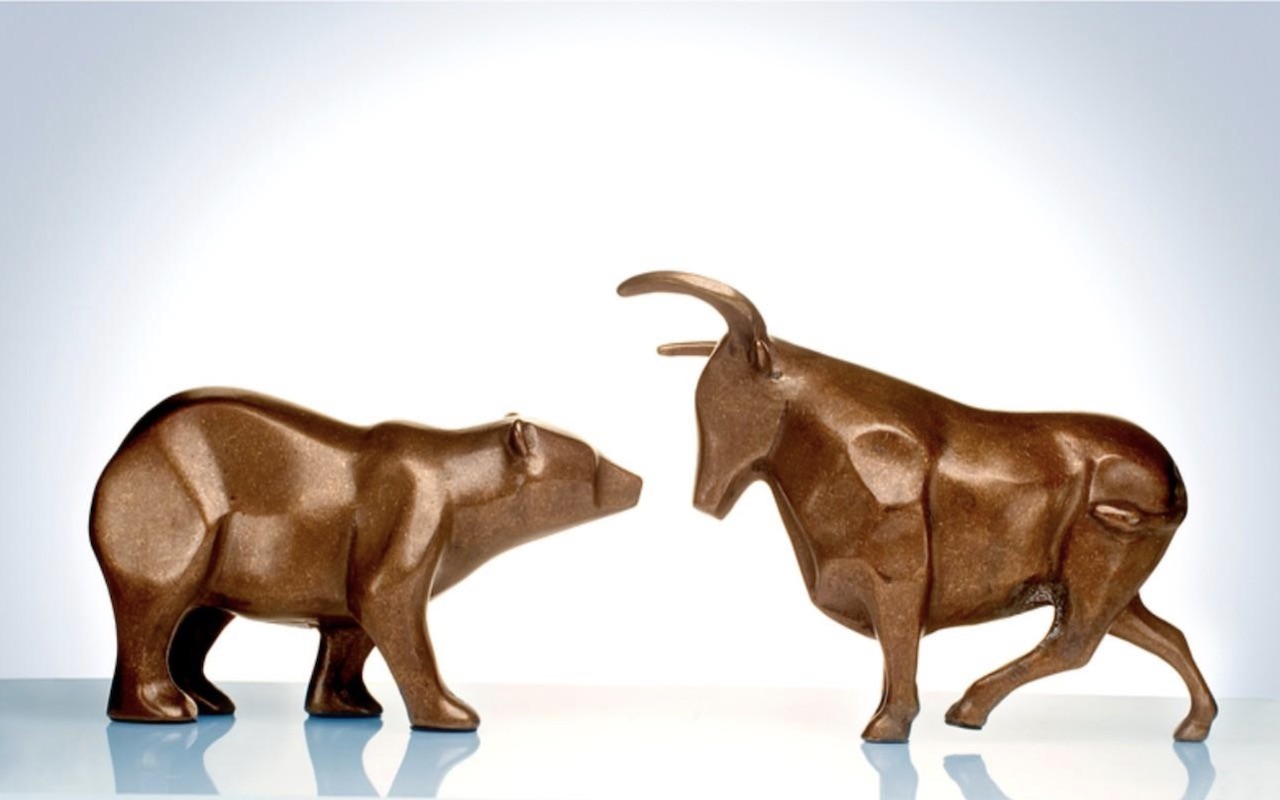 We Are Not in a Bull Market
We Are Not in a Bull MarketIt takes more than a 20% gain off the low to proclaim the beginning of a new bull market.
-
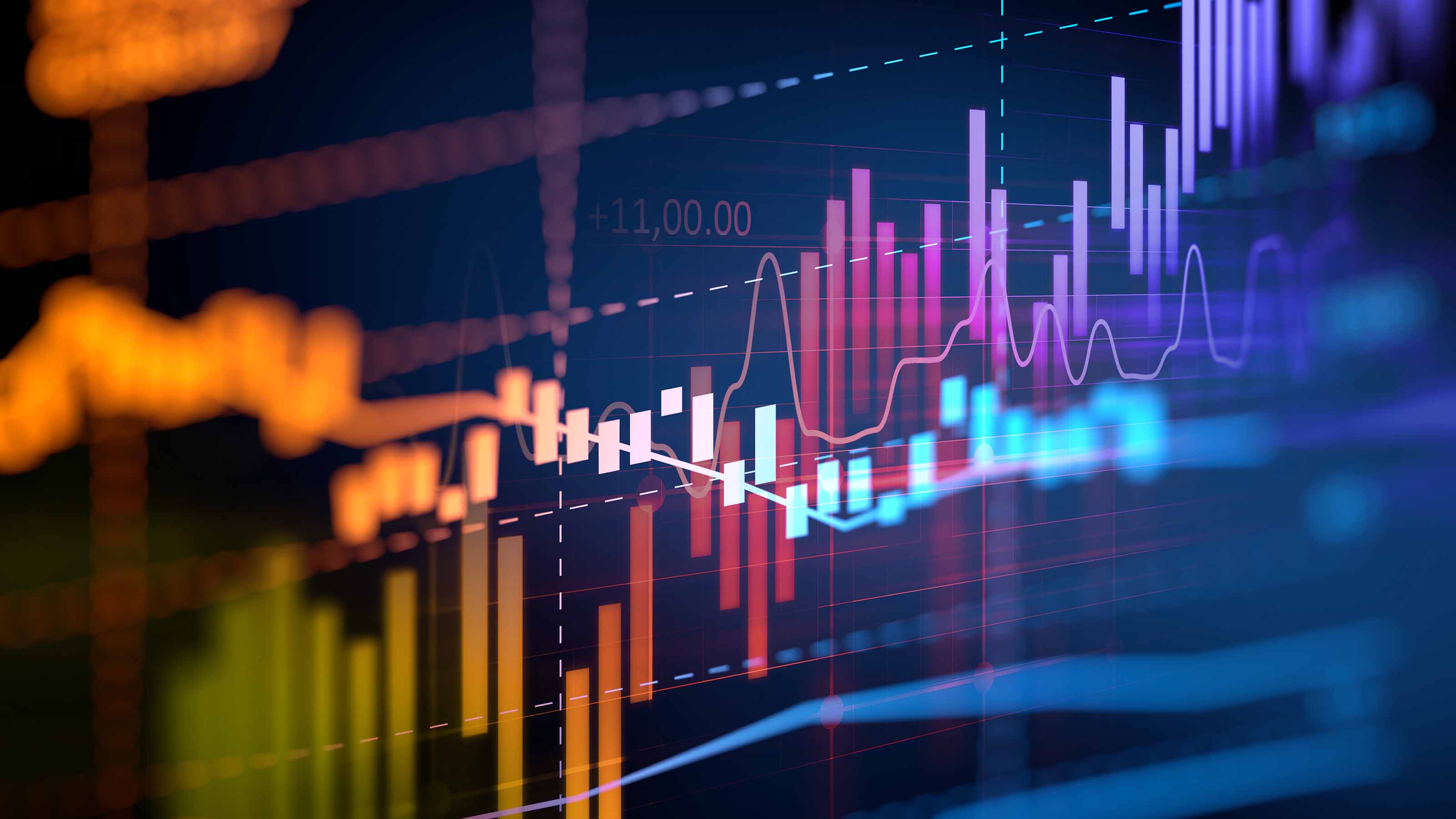 Why I Don't Buy Stocks
Why I Don't Buy StocksIt's nearly impossible to beat the market – but it is cheap and easy to match it.
-
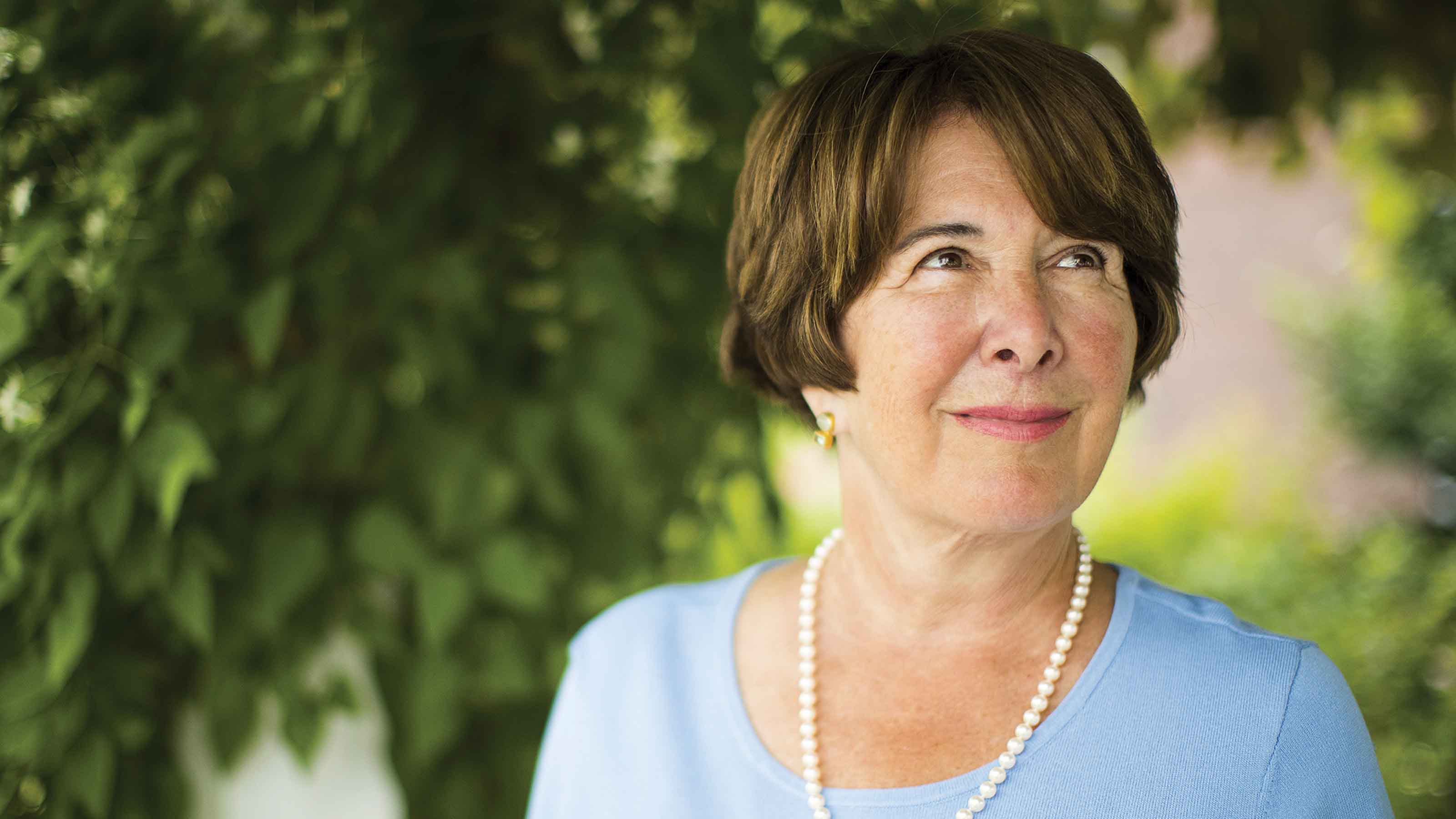 Amy Domini on the Secrets of Sustainable Investing
Amy Domini on the Secrets of Sustainable InvestingESG An ESG pioneer says finding good corporate citizens is the best way to make money.
-
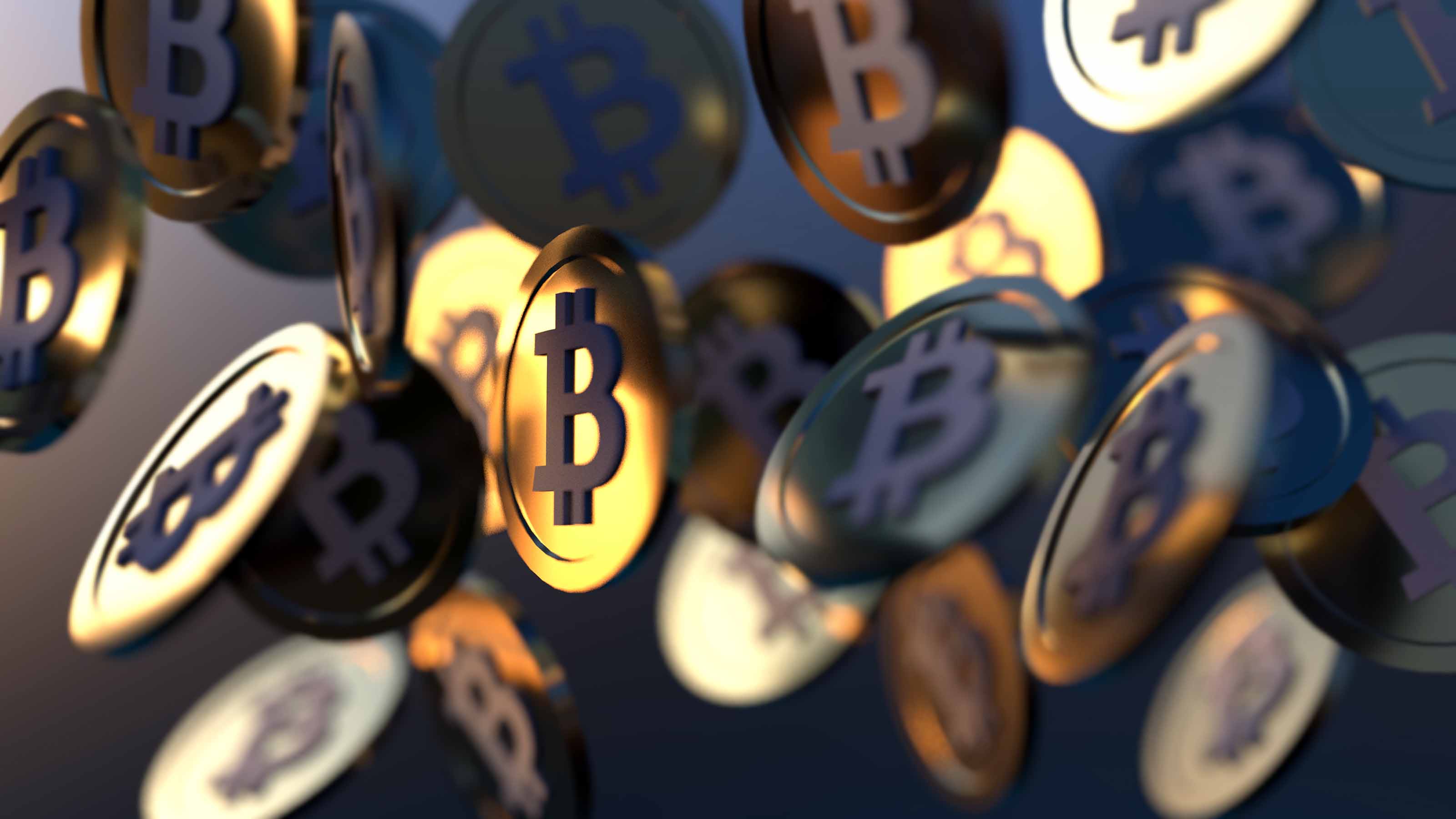 New Ways to Invest in Bitcoin
New Ways to Invest in BitcoinBecoming an Investor ProShares Bitcoin Strategy and other ETFs offer an easier way to gain bitcoin exposure than buying the actual cryptocurrency.
